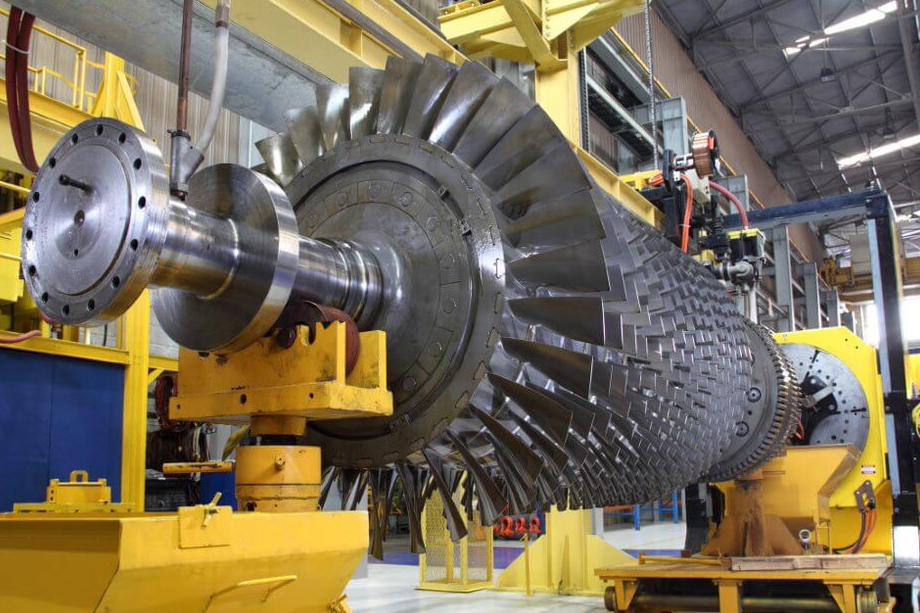What are the key benefits of superalloy 3D printing over traditional manufacturing methods?
What Are the Key Benefits of Superalloy 3D Printing Over Traditional Manufacturing Methods?
Complex Geometry and Design Freedom
Superalloy 3D printing enables the creation of highly complex geometries that are difficult or impossible to produce using traditional machining or casting. Components such as lattice-supported turbine blades, integrated cooling channels, or weight-optimized aerospace brackets can be printed directly from CAD using Powder Bed Fusion and Superalloy 3D Printing. This design freedom enhances thermal management, structural efficiency, and functional integration.
Tooling-Free, Low-Volume Production
Traditional processes like investment casting or forging require expensive tooling, which is only cost-effective at high volumes. In contrast, superalloy 3D printing eliminates the need for molds or dies, making it ideal for prototyping, R&D, and low-volume manufacturing. Engineers can quickly iterate on designs without incurring retooling costs, significantly reducing lead times and development expense.
Material Efficiency and Near-Net Shape
Additive manufacturing produces parts layer by layer, resulting in minimal material waste. This is particularly valuable for expensive alloys such as Inconel 718, Hastelloy X, or Haynes 230, which are difficult and costly to machine. Near-net-shape production also reduces the amount of post-processing required, further improving cost efficiency.
Enhanced Mechanical and Thermal Properties
3D printing allows for microstructure control through tailored build parameters and post-processing. When combined with Heat Treatment and Hot Isostatic Pressing (HIP), printed superalloy parts achieve excellent strength, fatigue resistance, and thermal stability—on par with or superior to conventionally manufactured counterparts.
Lead Time Reduction and On-Demand Manufacturing
Superalloy 3D printing accelerates the entire product development cycle. Parts that traditionally take weeks to machine or cast can be printed in a matter of days. This speed supports on-demand manufacturing, spare part replacement, and short-run production in sectors such as aerospace, energy, and medical, where time-to-market is critical.
Recommended Superalloy 3D Printing Services
Neway provides specialized solutions for high-performance superalloy components:
Inconel 718: For turbine disks, combustion hardware, and structural aerospace parts
Hastelloy X: For heat exchangers and corrosive environments
Haynes 230: For high-temperature pressure vessels
Stellite 6B: For wear-resistant sealing rings and valve components
Heat Treatment and HIP: For property optimization and full densification



